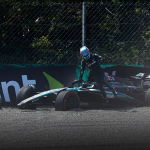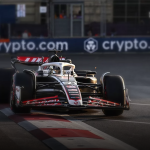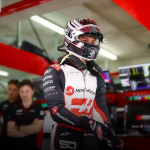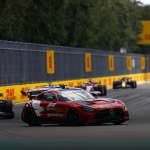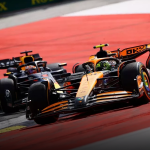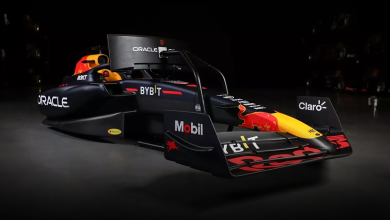Pirelli Meets with Russell Following Criticisms of F1 Tires
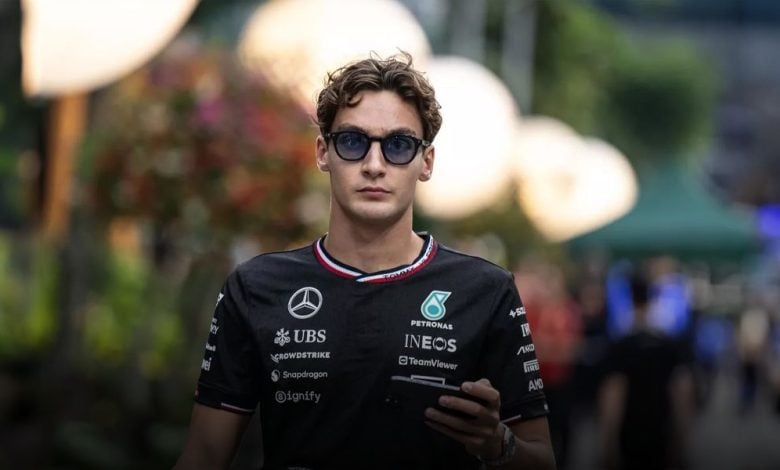
George Russell’s criticisms of Pirelli reached a peak after the Azerbaijan Grand Prix. Pirelli announced that it had resolved the issues with the British driver following his complaints about the “infuriating” performance fluctuations between different tires.
After the Azerbaijan Grand Prix, Russell said that Pirelli’s current tires were not good enough because there were significant speed fluctuations. Russell, who struggled with medium tires in Baku but later proved to be really strong on hard tires, finishing on the podium, spoke to the official F1 channel: “Honestly, it’s quite frustrating to have so much variation.”
“This isn’t just for Mercedes; it applies to every team and driver. You’re fast in one session, and not in the next. And the only thing that changes is the tires.”
“It’s like black magic. I think even the people making the tires don’t understand them.”
“I think we all need to have serious talks again about what’s going on because we have 2,000 people working hard to provide the fastest car.”
“For twenty laps of the race, we had a car that could comfortably fight for victory, and in the other twenty laps, we had a car that probably shouldn’t even be in the points, and the only difference was the tires. That’s just not good enough.”
Following these comments, Pirelli’s head of F1 and car racing, Mario Isola, met with Russell in Singapore to assess the situation and explain why events unfolded the way they did.
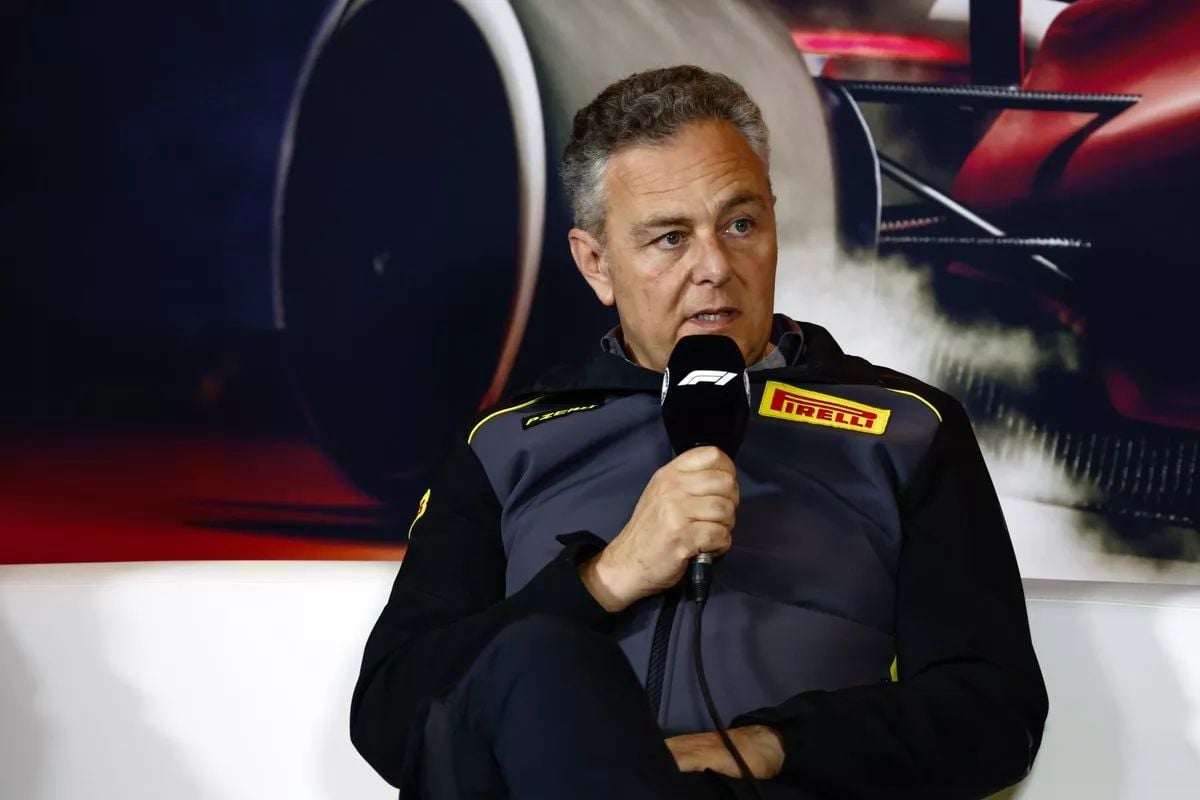
Speaking exclusively to Autosport, Isola said: “I spoke with George, and we had a nice conversation because I understand that in the heat of post-race interviews, when adrenaline is still very high, he said something to the media.”
“Beyond that, as we always do after every race, we conducted some research to understand the behavior of the tires.”
Isola, who made some analyses about what happened in the Azerbaijan GP, said there were several factors that explained why Russell was much better on hard tires.
Isola stated, “It’s true that George’s pace wasn’t very good on the medium tires, but he was much faster on the hard tires.”
“However, we know that speed is a combination of many elements. The car’s setup and the track’s evolution are really important. Another crucial factor, which was clearly visible in Baku, is how the driver treats the tire in the first few laps.”
“If you look at the last stint on hard tires, for example, we had some drivers like Leclerc who had to push because he was chasing and pushing the hard tire. In the last few laps, he couldn’t maintain the pace of the leader, Oscar.”
“George, on the other hand, spent the first few laps preserving the hard tire without pushing too much, and in the end, he was much, much faster. That wasn’t the case with the medium compound.”
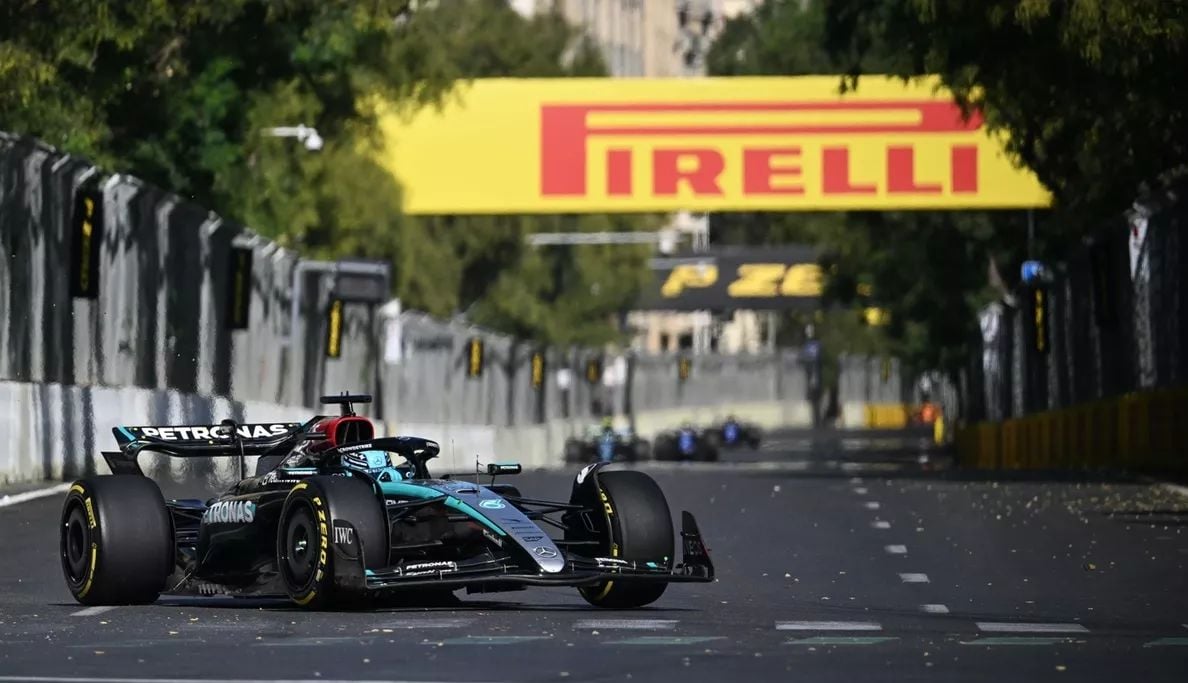
“To be honest, when I look at most of the cars, we didn’t find anything strange in the behavior of the tire compounds. We compared the wear levels of the top teams like McLaren, Red Bull, and Ferrari, and they are very, very close.”
“The lap time delta was confirmed, and the behavior of both the medium and hard compounds was verified. Therefore, I can’t find anything strange. I believe the two compounds used in Baku worked as expected,” he said.
Tire Characteristics
Isola said it’s normal for car performance to differ between compounds and for the driver’s feel to be completely different.
“Generally speaking about the hard and medium compounds, you have a hard tire that is more forgiving.”
“If you push the tire harder, it’s still more consistent. This means that if you overheat the tire, the effect is less pronounced because the compound has a wider operating window, so you can push it more.”
“With the medium or soft compound, you increase the overheating effect quite a bit, and depending on the track conditions, this effect can be much broader.”
“It’s also true that in a championship where at least four teams are very, very close to each other, every thousandth of a second matters in a race, and any difference becomes more visible.”
“Therefore, the reason you sometimes have these different performances between one compound and another is that if you set up the car optimally for one compound, there’s a risk you won’t achieve the same result with the other. You push the tire harder, you heat it up more, accelerate degradation, and create graining,” he added.








